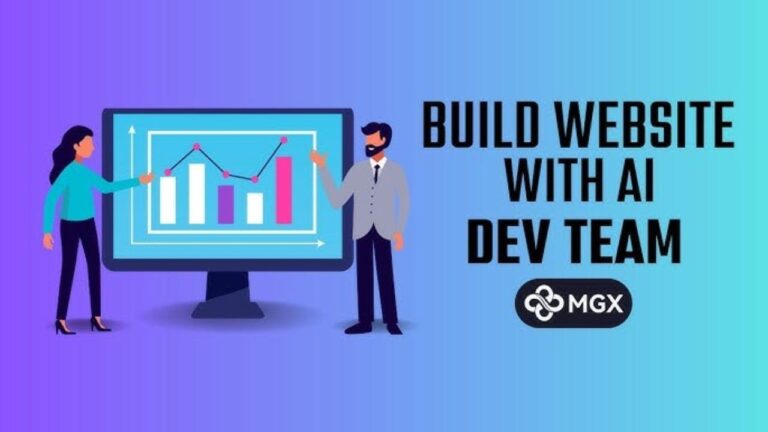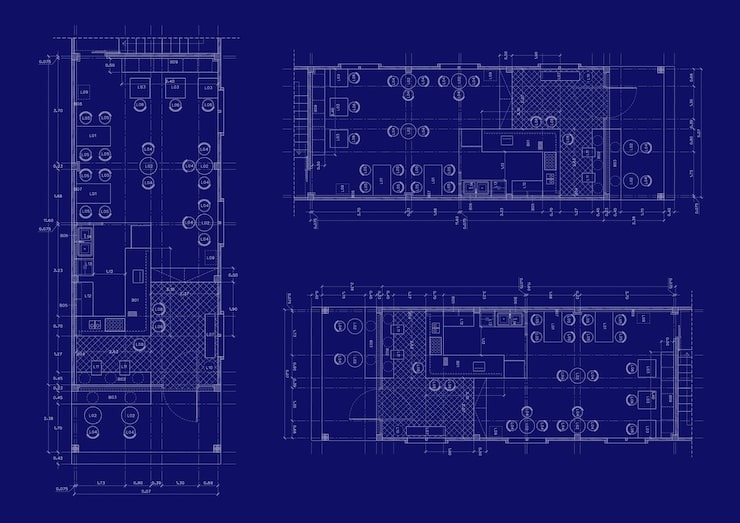The Future of BIM Modeling in Construction Estimating and Xactimate Accuracy
The construction enterprise is halfway through a quiet revolution: Building Information Modeling (BIM) is evolving from a design-and-conflict device into a live, statistics-rich supply of reality for cost. That shift is already reshaping how a BIM Modeling Company palms off deliverables to estimating groups, how Estimating Services rate danger and labour, and the way an Xactiamte Estimate (sic) is generated, confirmed, and defended. Below, I outline the near-term destiny for version-based estimating, draw on current marketplace and supplier tendencies, and show what companies need to spend money on now to stay competitive.
Market momentum: why funding makes commercial enterprise sense
Demand for estimating and fee structures is growing rapidly as proprietors and contractors push for extra predictability and quicker turnarounds. Recent marketplace research placed the global production estimating software program market into the billions, projecting continued double-digit growth over the subsequent 5 years — growth pushed in large part by increasing BIM adoption and digital workflows. This increasing market context means BIM Modeling Company-knowledgeable estimating isn’t always a gap pilot; it’s turning into a mainstream expectation for large portfolios and claims-heavy sectors.
From 3D to 5D: richer fashions, richer estimates
The biggest technical shift is the maturation of 5D BIM — linking cost and schedule without delay to version factors. Rather than producing static takeoffs, modern BIM exports convey parametric attributes (fabric grade, finish, lifecycle information) that can be mapped to value codes and hard work devices. This shall ensure an Xactiamte Estimate is up to date dynamically as a layout evolves: a trade to a window kind or end ripples through amount, productivity, and value assumptions in near actual time. Recent industry guidance and vendor roadmaps function 5D workflows as the number one course to tighter price range control and fewer change-order surprises.
Xactimate: transferring from guide import to included pipelines
Xactimate — the dominant claims and restore estimating tool — has progressively opened doors for integrations, APIs, and richer project imports. Those topics: while a BIM Modeling Company prepares an export with smooth naming, price parameters, and element IDs, middleware or direct connectors can translate the quantities into Xactimate line gadgets far quicker than manual re-measure. Vendors in 2024–2025 released and up-to-date connectors and automatic export functions, especially to shorten the “model-to-Xactimate” hole, enabling Estimating Services to supply defensible, auditable estimates with fewer hand edits.
Practical profits: time, traceability, and selection speed
There are 3 measurable benefits companies file as they operationalize BIM-driven estimating:
- Speed: Automated quantification shrinks the time. Estimators spend less time counting and more time assessing threat, procurement strategy, and opportunity scopes.
- Traceability: Each price line can reference a model element ID, a sheet, or a 3D view, which strengthens an estimator’s position during audits or insurer disputes.
- Scenario agility: Because version parameters drive portions, teams can run layout/fee eventualities quickly (fabric swaps, exchange assemblies, or hard work-price zones) and produce multiple Xactiamte Estimate variations for stakeholders within hours instead of days.
- These benefits explain why Estimating Services and proprietors are increasingly mandating BIM deliverables that are “estimating-prepared.”
Technical and organizational hurdles — and the way to beat them
Adoption isn’t frictionless. Common issues encompass semantic mismatch (BIM item names don’t map smartly to price codes), variable model errors, and skill gaps between modelers and estimators. Successful corporations deal with these with a three-pronged method:
- Governance: A shared taxonomy and export template that every BIM Modeling Company and estimating partner agrees to.
- Middleware & mapping: Lightweight mapping layers (CSV, custom middleware, or vendor connectors) that translate version units into nearby line items and rate lists.
- Cross-training: Short, centered publications that educate estimators on how to interrogate models, and educate modelers on how estimators consider exertions and coverage modifications. These investments transform and boost handoffs.
Where AI, automation, and digital twins take it next
The coming 24–36 months will be shaped by means of three technical vectors:
- AI-assisted mapping: Machine learning models that recommend the most likely Xactimate line object for a given BIM detail (based on geometry, parameters, and historical mappings). This can cut mapping time with the aid of orders of significance.
- Anomaly detection: Automated checks that flag improbable portions (e.g., ceiling regions that don’t fit the shape of the room perimeters) earlier than an estimator ever opens the report.
- Live fee hyperlinks & virtual twins: As price databases and dealer APIs grow to be more handy, an Xactiamte Estimate may be refreshed with live material and labor prices, or even simulate long-term operational value impacts using a digital twin. Industry assets and seller roadmaps point to early pilots and integrations already underway.
Recommendations for corporations nowadays
- If you are a BIM Modeling Company, embed an easy value parameter schema in your households and submit an estimating export template. That raises the fee for your deliverables right now.
- If you run Estimating Services, pilot connected workflows on a small portfolio: pick projects wherein the underlying BIM fine is right, and validate a mapping template with one skilled Xactimate estimator.
- Establish a short governance report (one page) that defines naming conventions, export formats (IFC/CSV/Revit schedules), and acceptable tolerances for quantities — this reduces ambiguity and dispute downstream.
Conclusion
BIM is transferring from a design-generation artifact to the spine of contemporary estimating. As integrations mature and AI assists with mapping and QC, Xactimate-pushed estimates will become faster, clearer, and more defensible. That destiny rewards businesses that align version great, estimating governance, and the proper connectors these days — due to the fact in a global world of tighter margins and growing volatility, the potential to supply an accurate Xactiamte Estimate fast is no longer a differentiator, it’s a matter of life and death.






